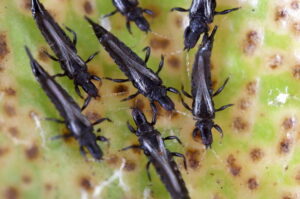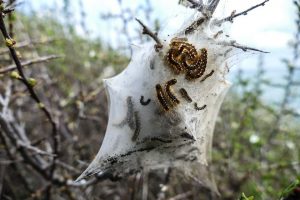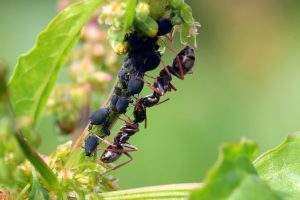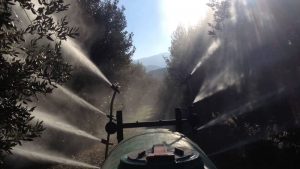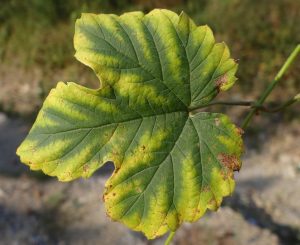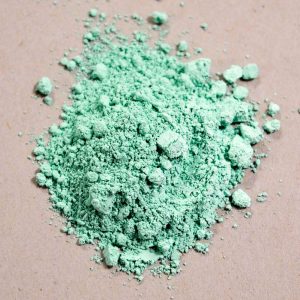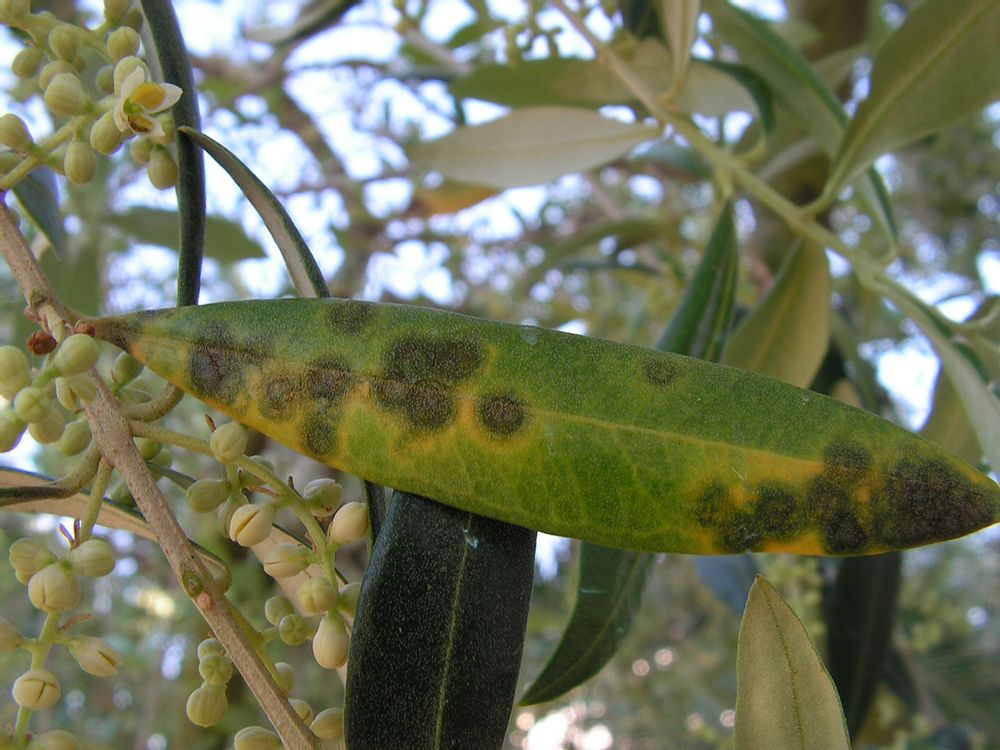
The cyclone is a disease that exists in all parts of the world where olives are grown. A large percentage of olive growers do not pay much attention to the cyclone, because they believe that it does not damage the tree or does not know it. This results in reduced fruit production per plant and consequently in the producer's income. Prevention of this disease is an important factor in plant protection and good fruiting.
Pathogenic cause
Cycloconium is due to the fungus Cycloconium oleaginum, widespread in olive groves.
Symptoms
It mainly affects the leaves as well as the leaf stems and the peduncles of the flowers but more rarely the fruits and the tender shoots. The characteristic symptom of the fungus is the appearance of circular spots on the upper surface of the olive leaves which then become browner peripherally while they are often surrounded by chlorotic halo. A larger number of spots are found on the older leaves and at the bottom of the tree. Infected leaves turn yellow and fall off prematurely. In spring and early summer there is a rapid evolution of spots, while the very affected leaves fall, the whole tree or part of it is stripped and the defoliated twigs can be dried. In areas with humid climates, the infestation can even lead to universal defoliation of olive trees.
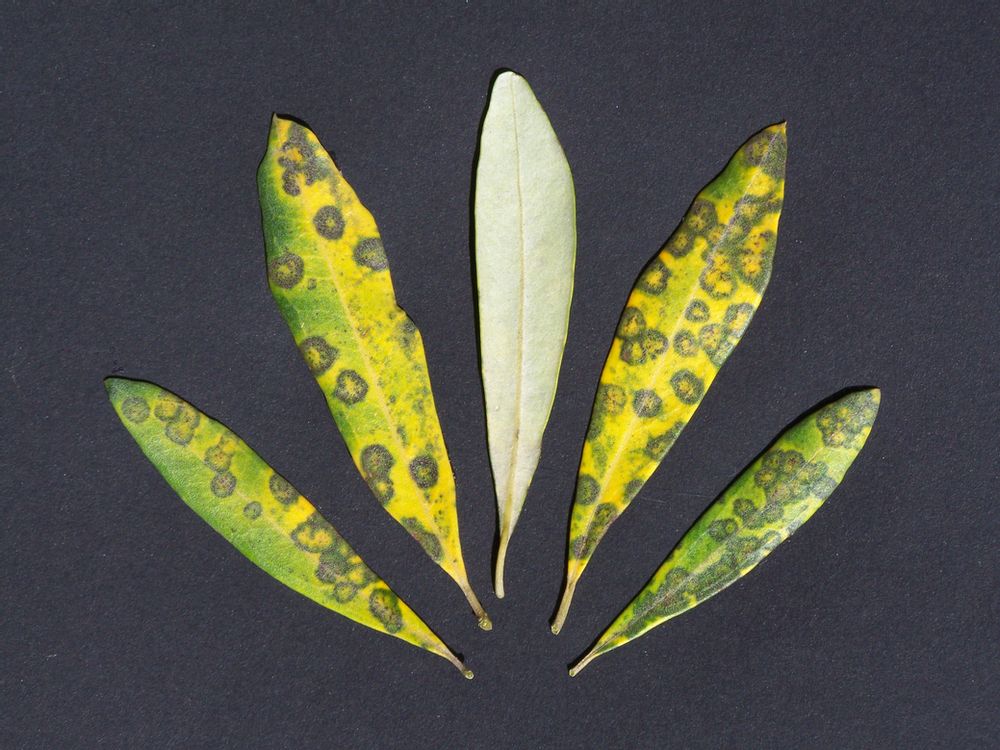
Favorable conditions for the growth of the fungus
Humidity is a key growth factor. Ideal temperatures for the growth of the fungus are from about 10 to 20 οC. At high temperatures it is not a problem for olive trees. The intensity of the disease in an area is affected not only by the height and rainy days, but also by the very high morning humidity in spring and summer, in combination with the presence of infection.
Treatment of disease
To combat the disease, preventive spraying of trees with appropriate fungicides is performed. From the comparison of the effectiveness of different fungicides for the fight against the cyclone, the best protection was given by the bordigal pulp. Usually two sprays are applied with 1% bordigal pulp (the first in early autumn and the second in early spring), while in areas where the relative humidity is very high in the morning in spring and summer there are three or four sprays per year (two per spring and two in autumn), between the two sprays of each season 45 days.

